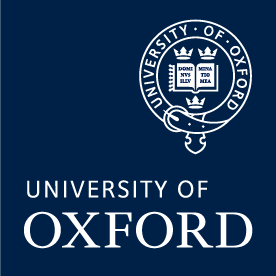Aaron Hess is an Associate Professor and is a member of the Ultra High-Field MRI Physics, MR Spectroscopy and Neuromusculoskeletal Health and Science Labs. We spoke to Aaron ahead of his Departmental Seminar.
Tell us a little about yourself, and what attracted you to working at the University of Oxford?
I come from the southern African counties of Lesotho – Zimbabwe – Mauritius – and South Africa. The word Ubuntu, found in many southern African languages – means I am because we are, or I am human through others. More specifically, I find this in the research culture of institutions like Oxford. I never expected to work in research, but during my PhD I spent a significant amount of time at Harvard/MGH where I discovered a together research culture that I wanted more of. Having British heritage, I was attracted to work at Oxford.
How did you get to where you are today? Can you tell us more about your career path?
After university, I worked in industry but found this boring, so I did a PhD (at the University of Cape Town). I came to Oxford for my first postdoc in CV-Med – working for 10 years in ultra-high field cardiac MRI; I found through applying for independent research funding (unsuccessfully), I became increasingly isolated and lost the together research culture I enjoyed. In 2021, I joined FMRIB / NDCN, with a perfect opportunity to work alongside scientists to optimise imaging methods for their studies and have dedicated research time to foster my small research group.
Can you give us a brief overview of your research?
I am fascinated by the impact of people moving in an MRI scanner on high-resolution images. At first glance, this seems a simple problem; however, to this day, no one solution exists. MRI is slow – and this is a problem, particularly for children and adults with neurodegeneration. My research focuses on ultra-high field MRI (7T) where the effects of motion are amplified and radio frequency fields (used to form images in MRI) become non-linear and complex. My research investigates if these radiofrequency fields can be used to capture motion and ultimately correct for it.
What is the aim/vision for your research?
My research aims to discover ways to obtain stable, reliable and reproducible measurements of human neurophysiology using MRI.
What can we expect from your Departmental Seminar?
A high-level overview of why movement is a problem in MRI and how RF fields become interesting and potentially useful for tracking motion at ultra-high fields.
What key question are you trying to answer in your Departmental Seminar?
Why don’t we have image stabilisation in MRI?
Why at, ultra-high field MRI, radio frequency fields are interesting, and how these radio frequency fields can be used to solve the motion problem?


